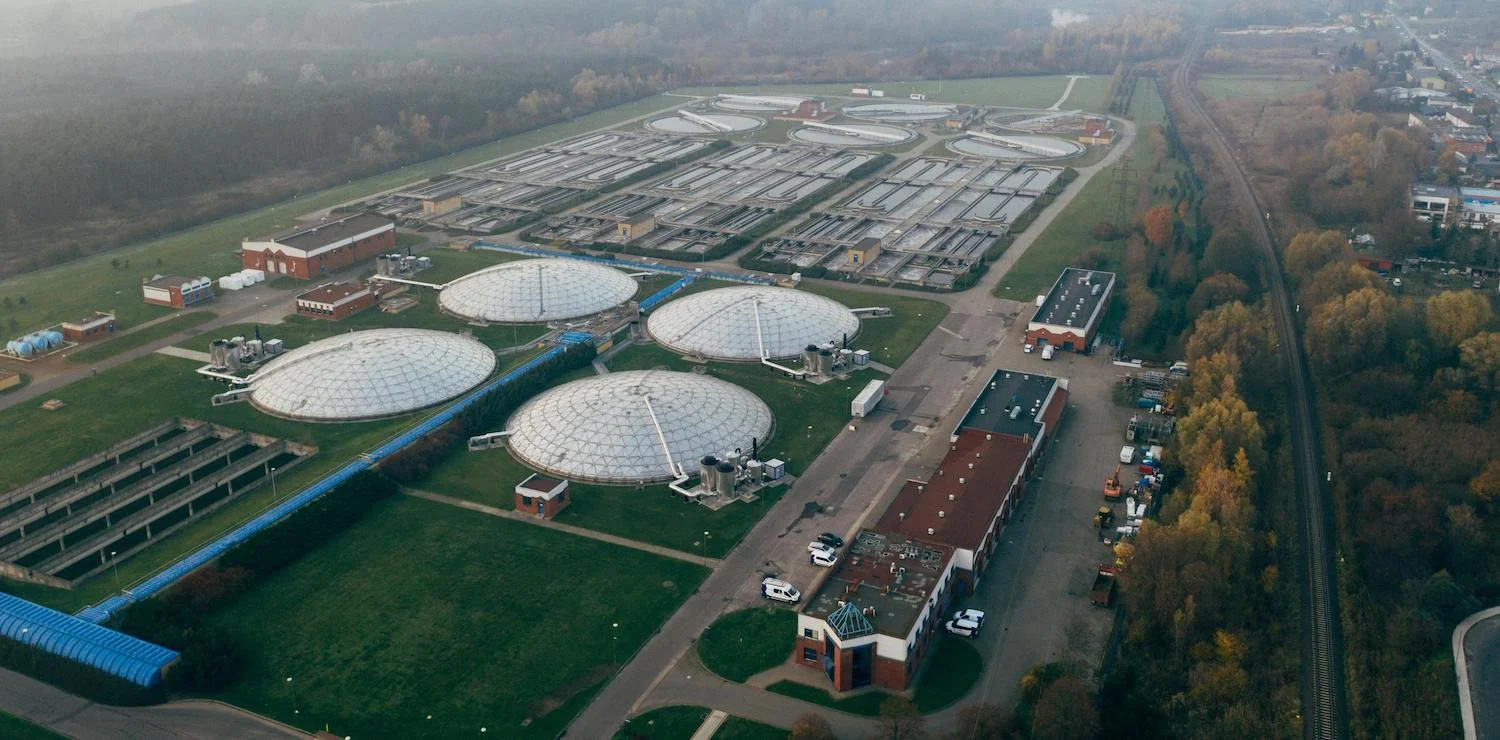
Septic 101
Frequently Asked Questions & More
-
Septic systems commonly fail because of one or more of the following: excessive water entering the system too quickly (hydraulic overload), poor site or soil conditions that prevent proper wastewater absorption, soil compaction that reduces leach field effectiveness, lack of regular maintenance (such as tank pumping) and repair of damaged components, or introduction of non‐biodegradable materials and root intrusion that clog or damage the system.
-
A typical septic system includes a tank (where solids separate from liquids), a distribution box (that evenly sends effluent onward), a drainfield/leach field (where effluent spreads into the soil), and the soil itself (which treats and filters the wastewater).
-
A leach field (also called a drain field) is a rock-filled trench system that receives the effluent (liquid waste) from your septic tank and disperses it into the soil, where natural bacteria and soil layers break down and filter the wastewater. The leach field is critical because most septic system failures stem from issues in this part—when solids build up, or the soil pores become clogged by a “biomat,” the system can’t drain properly, causing backups or failures.
-
Different types of leach or drain fields exist depending on soil, site conditions, and local codes. One common type is the gravity-fed drainfield, where effluent flows by gravity through perforated pipes in trenches and is absorbed into the surrounding soil.
-
A biomat is a naturally forming layer of microorganisms and organic material that develops in the soil beneath a leach field. In small amounts it acts as a useful filter for wastewater, but if it thickens too much it can clog the soil and stop the effluent from draining properly, leading to system failure.
-
Maintaining a septic system means regular tasks like pumping out the tank to remove sludge and scum, avoiding disposal of harsh chemicals or non-biodegradable materials that disrupt bacterial treatment, and managing water use so the system isn’t overloaded… all of which help keep everything working properly.
-
A percolation (perc) test measures how quickly water drains through the soil on a property. The results are critical because they determine what type of septic system will work and how large the leach field needs to be. If the soil drains too fast or too slow, the system may fail or pollute groundwater.
-
Alternative Onsite Wastewater Treatment Systems (AOWTS) are more advanced than traditional septic systems — they often use air to promote aerobic digestion, reduce pathogens and nutrients, and are used where conventional systems won’t work (such as limited space, high water table, or sandy/rocky soil).
-
Nitrogen is a natural element found in waste, but too much of it from septic systems can pollute groundwater, fuel algae blooms, harm ecosystems, and pose health risks. Septic systems transform nitrogen into forms that can escape into the soil, so proper treatment is essential to prevent contamination.
-
Risers create easy, above-ground access to your septic tank, making inspections, pumping, and maintenance far simpler and avoiding the need to dig. Watertight risers also keep surface water out, protecting the system from leaks and overload.
-
Leach fields need open, uncompacted soil to absorb and treat wastewater, which can’t happen under driveways or paved surfaces. Impervious areas block evaporation, compact the soil, and prevent drainage—conditions that quickly lead to system failure.
-
Installing a leach field beneath impervious surfaces (driveways, roads, paved areas) blocks important natural processes like evapotranspiration and compacts the soil, which prevents effluent from soaking into and being treated by the soil, greatly increasing the risk of system failure.
-
The Orenco AdvanTex system is an advanced onsite wastewater treatment unit that uses a compact, recirculating packed-bed filter made of textile fabric (rather than sand, peat or foam) to treat effluent efficiently and cleanly for individual homes or communities.
-
The MicroSepTec System is a pre-engineered alternative treatment system for onsite wastewater: it uses multiple chambers (primary clarification, aerobic organic removal, nitrification, clarification) and fine-bubble aeration media so that wastewater is handled more thoroughly than a standard septic tank.
-
The AquaKlear system is a compact, all-in-one treatment unit that processes household wastewater into clean, odorless recycled water so it can safely be used for site irrigation rather than simply discharged.
-
Groundwater moves through soil and rock beneath the surface, and its depth, flow, and natural filtering layers determine how well wastewater is treated before reaching aquifers. Understanding these subsurface conditions is essential for placing and designing septic systems that protect drinking water and the surrounding environment.
-
Groundwater and wells are vulnerable when onsite wastewater systems, surface run-off, or other sources allow contaminants to migrate through soil and enter aquifers. Proper design and siting of septic systems, especially in relation to nearby wells and hydrogeologic conditions, are essential to prevent harmful substances from reaching drinking water supplies or re-emerging in surface waters.
-
California’s water history is shaped by profound engineering, environmental, legal and social shifts—from early reclamation efforts and levee projects, through major water- conveyance systems like the California State Water Project, to ongoing droughts, groundwater depletion and allocation battles. Understanding this backdrop is crucial for appreciating why current permitting, regulation and onsite wastewater systems must account for scarcity, inter-basin transfers and ecosystem impacts.
-
Soil is not just “dirt.” It’s a complex mix of minerals, organic matter, air and water whose texture, structure, porosity and layering determine how fluids—like wastewater—move and are treated. Grasping the fundamentals of soil science is critical for evaluating whether a site can support a septic system, how long effluent remains in the soil, and how natural filtration and microbial processes will perform.
-
In onsite wastewater systems, soil serves as the final treatment stage: it filters, absorbs and biologically processes effluent from septic tanks before it enters groundwater. The soil’s ability to act effectively depends on factors such as depth, permeability, organic content and presence of restrictive layers so system design must align with soil conditions to ensure safe, long-term performance.
-
A thorough site assessment gathers data on soil types, slope, drainage, groundwater depth, well locations and other features to determine whether a parcel can support an onsite wastewater treatment system. Evaluators integrate multiple information sources to identify potential constraints (like limiting layers, high water tables or proximity to wells) so that the system can be correctly sized, sited and permitted.
-
Limiting or restricting layers like hardpan, clay pans, bedrock, or perched water tables in the soil profile influence the design and viability of a septic system’s leach field. Recognizing these layers during site evaluation helps ensure the system won’t prematurely fail due to inadequate drainage or effluent backing up.
-
Different soil textures (sand, silt, clay), structure, horizon depth, consistency, and porosity determine how well soil can treat and absorb wastewater from a septic system. Proper soil characterization is crucial for designing the system’s size, type and treatment path.
-
Understanding how wastewater contaminants like nitrogen move through onsite wastewater systems and the soil and how they're removed or end up in groundwater is key in preventing environmental harm and protecting drinking water.
